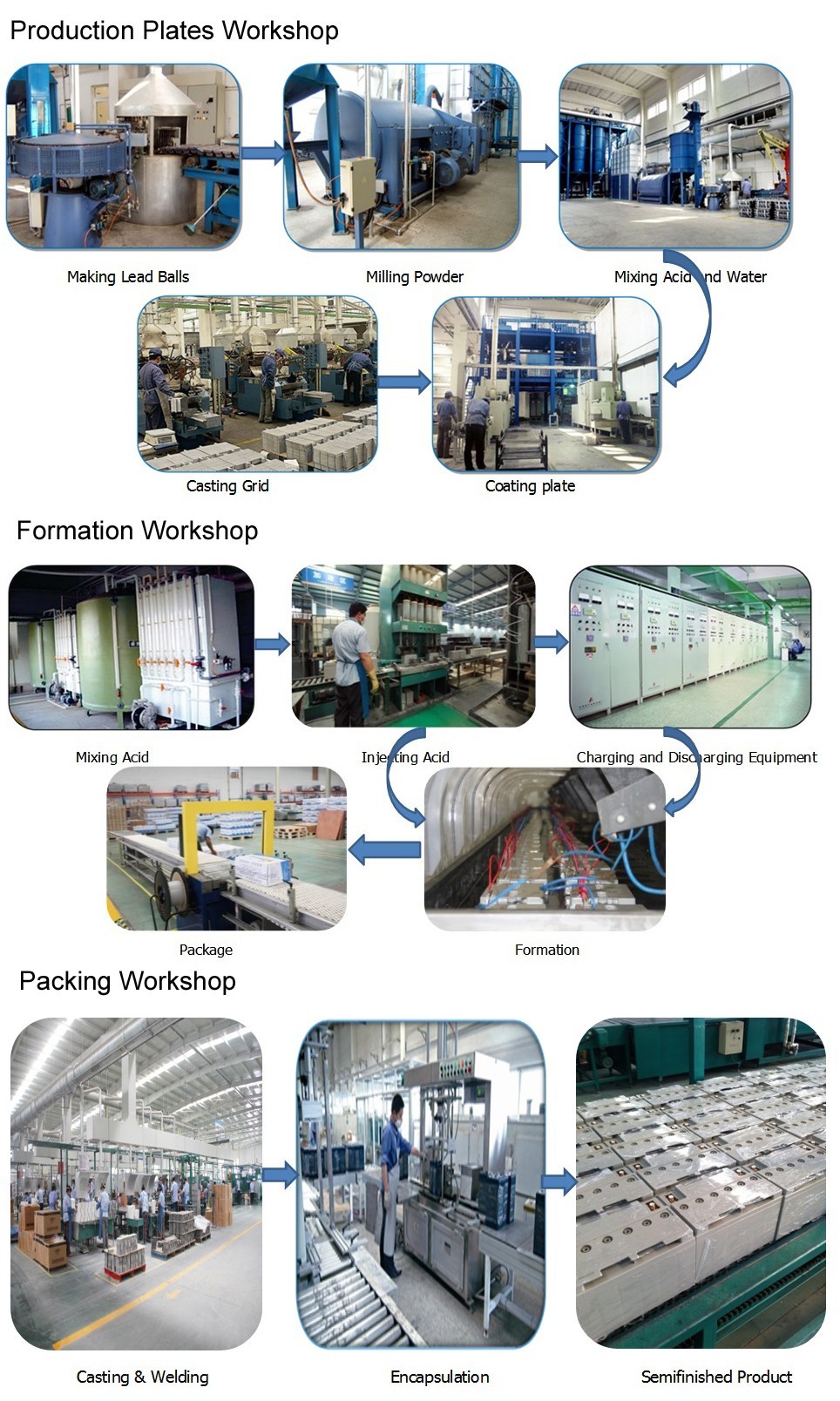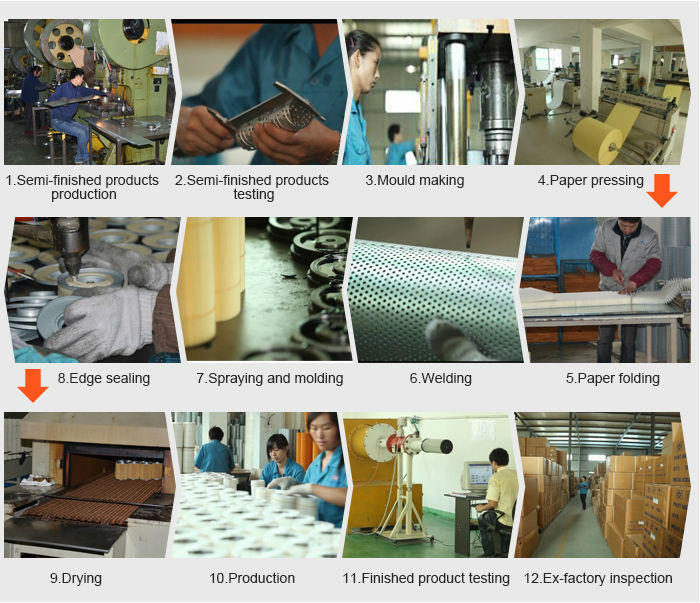Title: The Silk Production Process and Its Impact on the Textile Industry
The silk production process and its impact on the textile industry are complex and significant. Silk, also known as "Queen of Textiles," has a long history dating back to ancient times. The process of making silk starts with the cultivation of silkworms, which are then transformed into cocoons. These cocoons are then boiled to remove the sericin, which is a sticky substance that binds the fibers together. After the sericin is removed, the cocoons are soaked in water and beaten to separate the fibers, which are then spun into silk threads.The impact of silk production on the textile industry is significant. Silk has a unique texture and appearance that makes it highly desirable for use in clothing, accessories, and other textile products. As a result, the demand for silk is high, and the industry has a significant economic value. Furthermore, silk production also contributes to employment and exports, providing a source of income for many people worldwide.However, the silk production process also has some negative impacts on the environment. The cultivation of silkworms requires large amounts of water and energy, and the boiling process releases harmful chemicals into the environment. Additionally, the industry generates a significant amount of waste, which adds to the overall environmental footprint of the textile industry.In conclusion, silk production and its impact on the textile industry are both positive and negative. It provides a unique and valuable product that has a significant role in the global economy but also requires sustainable practices to reduce its environmental footprint.
The silk production process is a fascinating and complex journey that dates back thousands of years. From the selection of the best silk worms to the delicate weaving of the finished product, each step requires meticulous attention and skilled craftsmanship. This process not only transforms a simple insect into a luxurious textile but also has a significant impact on the textile industry as a whole.

The silk production process begins with the selection of the best silk worms, which are typically raised in captivity. The worms are fed a special diet to ensure their health and growth, and then they are allowed to spin their silk threads. These threads are then harvested and cleaned to remove any impurities. The cleaned silk threads are then ready to be woven into the finished product.
The weaving process is a delicate and time-consuming task that requires skilled craftsmanship. The weavers must carefully choose the right combination of threads to create the desired texture, color, and pattern. They must also take into account the elasticity, strength, and durability of the silk to ensure that the finished product will meet the requirements of the market.
Once the weaving process is completed, the silk product is then ready to be cut and sewn into the final garment or accessory. This step requires precision and accuracy to ensure that the product will fit properly and look its best. The finished product is then inspected for quality and any imperfections are corrected before it is packaged and shipped to the customer.

The impact of silk production on the textile industry is significant. Silk has long been considered a luxurious and expensive material, which has made it a status symbol in many cultures. Its unique properties, such as its softness, durability, and natural luster, have made it a popular choice for fashion designers and manufacturers. However, the high cost of silk has also limited its use in some applications, such as for ordinary clothing or home textiles.
Another impact of silk production on the textile industry is the development of new technologies and techniques. The industry has invested heavily in research and development to find new ways to reduce the cost of silk production, while maintaining its high quality standards. For example, some manufacturers have developed new methods of cultivating silk worms, which have resulted in higher yields and better quality silk. Others have experimented with new weaving techniques to create unique patterns and textures that are not possible with traditional weaving methods.
In conclusion, the silk production process is not just about making a luxurious textile; it is about creating a product that has significant value and impact on the textile industry as a whole. From its origins as a simple insect to its transformation into a luxurious textile, each step of the process requires meticulous attention and skilled craftsmanship. The impact of silk production on the textile industry is significant and it continues to evolve as new technologies and techniques are developed to reduce costs and improve quality.

Articles related to the knowledge points of this article:
The popularity of down jackets
Long-term evaluation of womens down jackets
Womens Jackets and Coats: The Ultimate Guide to Stylish Winter Wear
The rise of the sporty-luxury hybrid: The story of the hooded jacket



